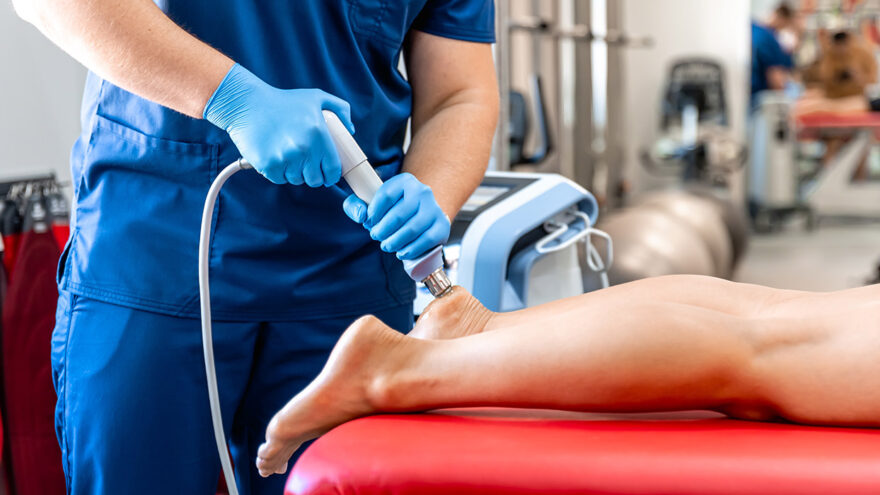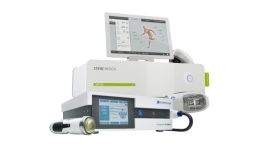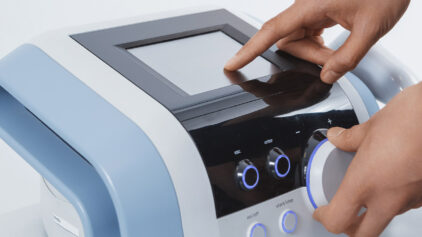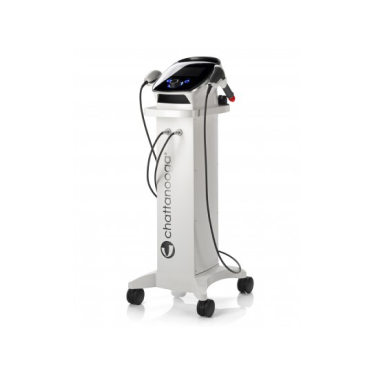As summer temperatures climb, so does participation in outdoor sports, especially running. With this seasonal surge comes a wave of injuries that can derail athletes from their goals. Summer injuries, whether tendinopathy, runner’s knee, or a stubborn case of plantar fasciitis, demand fast, effective solutions.
Common summer sports injuries include sprains, strains, tendinopathies, stress fractures, and muscle tears. Most injuries result from inadequate warm-ups, improper training techniques, overexertion, or simply a wrong movement at the wrong time. For competitive athletes, the stakes are particularly high as they navigate a short but intense summer season. From track and field to tennis, soccer, and recreational sports, the compressed summer schedule leaves precious little room for extended recovery, making swift healing paramount to maintaining performance goals.
Extracorporeal Shock Wave Therapy (ESWT) is emerging as a frontline treatment that not only addresses pain but actively stimulates healing.
Here’s what every physician should know about integrating this powerful therapy into clinical practice this summer.
Understanding ESWT: A Non-Invasive Breakthrough
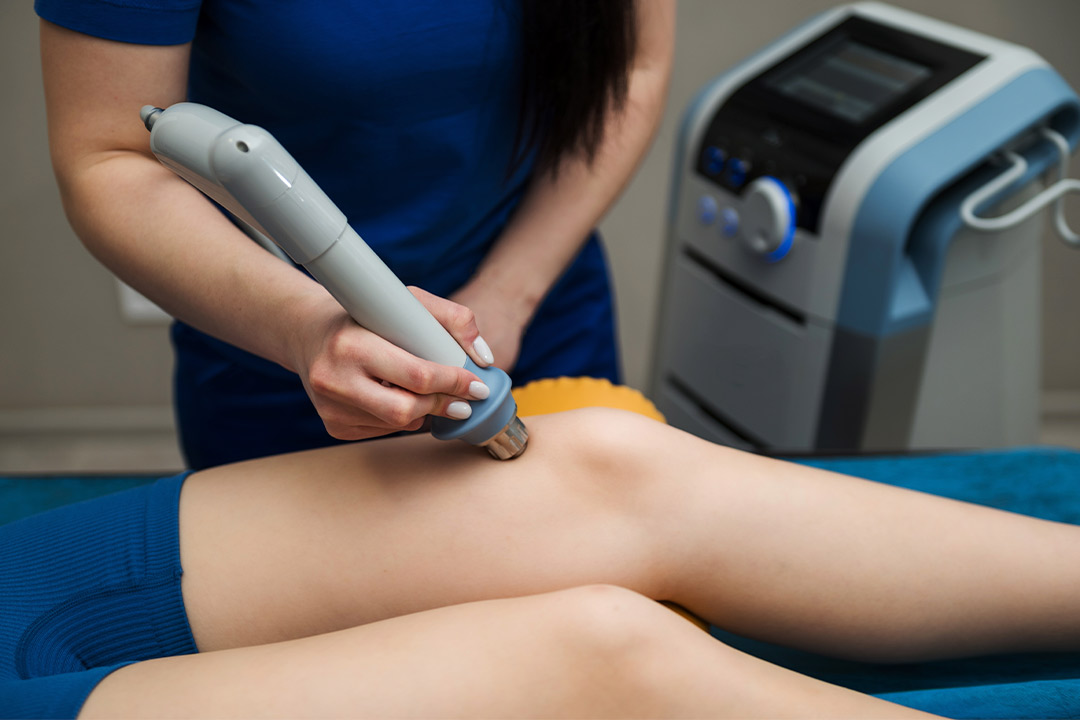
Extracorporeal Shock Wave Therapy (ESWT) delivers high-energy acoustic waves to targeted body areas, stimulating a controlled inflammatory response and accelerating healing. Initially developed for kidney stone disintegration, ESWT has been repurposed as a cutting-edge treatment for a range of musculoskeletal issues because of the way it works:
Key Mechanisms Behind ESWT:
- Increased Blood Flow
Boosts circulation to damaged tissues, accelerating repair. - Neovascularization
Promotes new blood vessel formation for improved tissue health. - Collagen Stimulation
Boosts production of structural proteins critical for healing. - Calcification Breakdown
Breaks up calcified tissue that impairs function.
Two Types of Shockwaves: Radial vs Focused
There are two main types of ESWT: radial and focused, each suited to specific clinical scenarios. Many sports medicine clinics employ both devices to effectively treat a wider range of injuries.
Comparison of Radial and Focused ESWT
The effectiveness of ESWT depends heavily on choosing the right type of shockwave based on the injury’s depth and location. The table below outlines the key differences between radial and focused ESWT to help guide clinical decision-making.
| Type | Depth of Penetration | Best For | Wave Type |
| Radial Shock Waves | 3–4 cm | Superficial tendons, soft tissue injuries | Dispersed, low energy |
| Focused Shock Waves | Up to 12 cm | Deep tissues, bones, chronic pathologies | Concentrated, high energy |
Clinical Tip: Many sports medicine clinics employ both devices to treat a broader range of injuries effectively.
Why Traditional Methods Fall Short

ESWT offers distinct advantages over traditional treatments. Its non-invasive nature eliminates surgical risks and reduces recovery time. Patients typically experience minimal side effects, generally limited to temporary mild discomfort or minor bruising, making it suitable for athletes eager to return to training. Studies show ESWT promotes better healing outcomes with lower recurrence than corticosteroid injections.
While RICE (Rest, Ice, Compression, Elevation) and NSAIDs remain common treatment choices, they often mask symptoms without resolving underlying issues.
Limitations of Conventional Treatments:
The limitations of conventional methods include:
- RICE: Helpful initially but doesn’t address chronic inflammation or soft tissue damage.
- NSAIDs: Provide pain relief but may delay healing and cause gastrointestinal or cardiovascular issues with long-term use.
- Cortisone Injections: Offer rapid relief but increase the risk of tendon rupture and degeneration with repeated application.
Why ESWT Outperforms Traditional Recovery Methods
ESWT shifts treatment from passive symptom management to active tissue regeneration. Here’s how it compares, including healing vs. symptom suppression and accelerated recovery and medication reduction:
Common Summer Running Injuries and How ESWT Helps
Running injuries spike during summer due to increased mileage, heat stress, and hard surfaces. ESWT offers a targeted, fast-acting alternative to prolonged downtime. A study on lateral epicondylitis showed a 15% reduction in tendon thickness and pain after just three ESWT sessions.
ESWT vs Traditional Treatment for Common Running Injuries
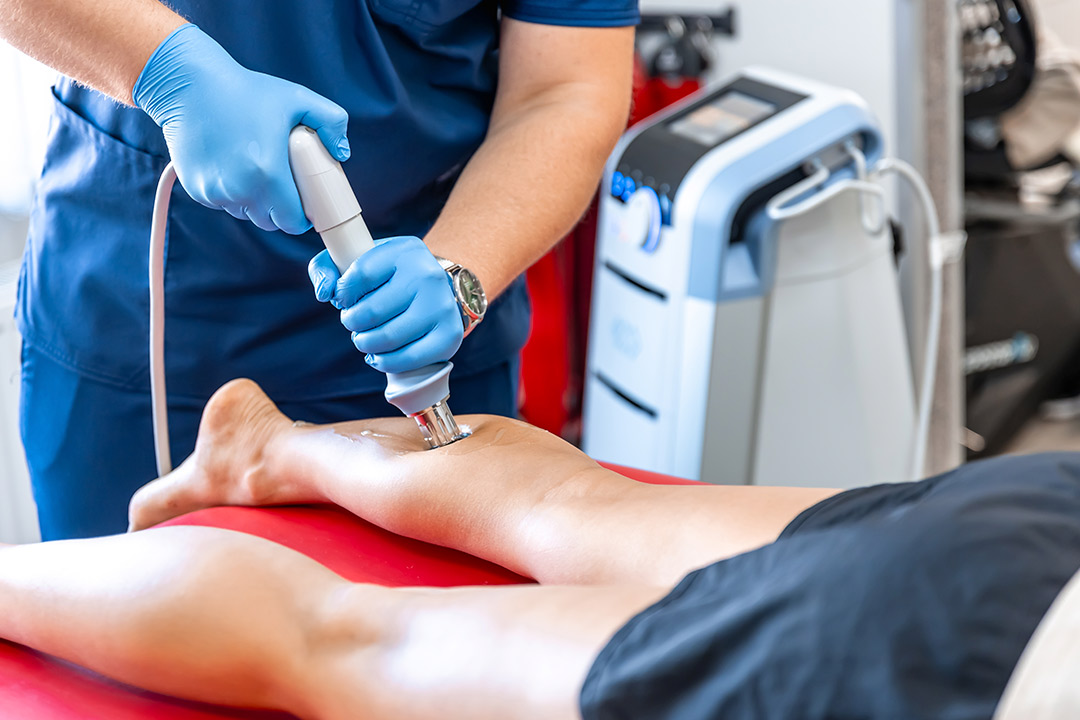
| Injury | Traditional Approach | ESWT Treatment | Outcome |
| Achilles Tendinopathy | Rest, stretching; 3–6 months recovery | 3–6 ESWT sessions, cellular repair | Pain relief and mobility restoration in weeks |
| Runner’s Knee (Patellofemoral Pain) | PT, rest; 4–8 weeks | Targeted ESWT around kneecap | Noticeable improvement within 2–3 sessions |
| Plantar Fasciitis | Orthotics, NSAIDs; variable response | Focused shockwave to plantar fascia | High success rate with lasting symptom relief |
| Shin Splints | Activity modification, ice | Radial ESWT to medial tibial stress zone | Quicker return to activity with less discomfort |
| Iliotibial Band Syndrome | Massage, NSAIDs, stretching | Lateral knee and thigh treatment with ESWT | Improved mobility, decreased lateral knee pain |
Psychological and Functional Gains
ESWT’s benefits aren’t limited to tissue healing. Many athletes report improved confidence in the injured area, thanks to more robust tissue response and reduced fear of re-injury.
- Return-to-Play Confidence: 81% of sports medicine practitioners report higher return-to-play rates after ESWT.
- Functional Gains: Treated areas and often feel stronger, contributing to overall athletic performance.
Implementing ESWT in Your Practice
To capitalize on ESWT this summer, consider the following clinical and operational steps:
Selecting the Right Equipment
| Device Type | Cost Range | Best For | Considerations |
| Portable Units | $3,000–$8,000 | Small practices, home visits | Lower energy; less depth penetration |
| Clinical Systems | $15,000–$40,000 | High-volume clinics, chronic conditions | Greater precision and customization |
While initial costs are higher, clinical ESWT machines provide better outcomes and patient satisfaction.
Patient Selection Guidelines
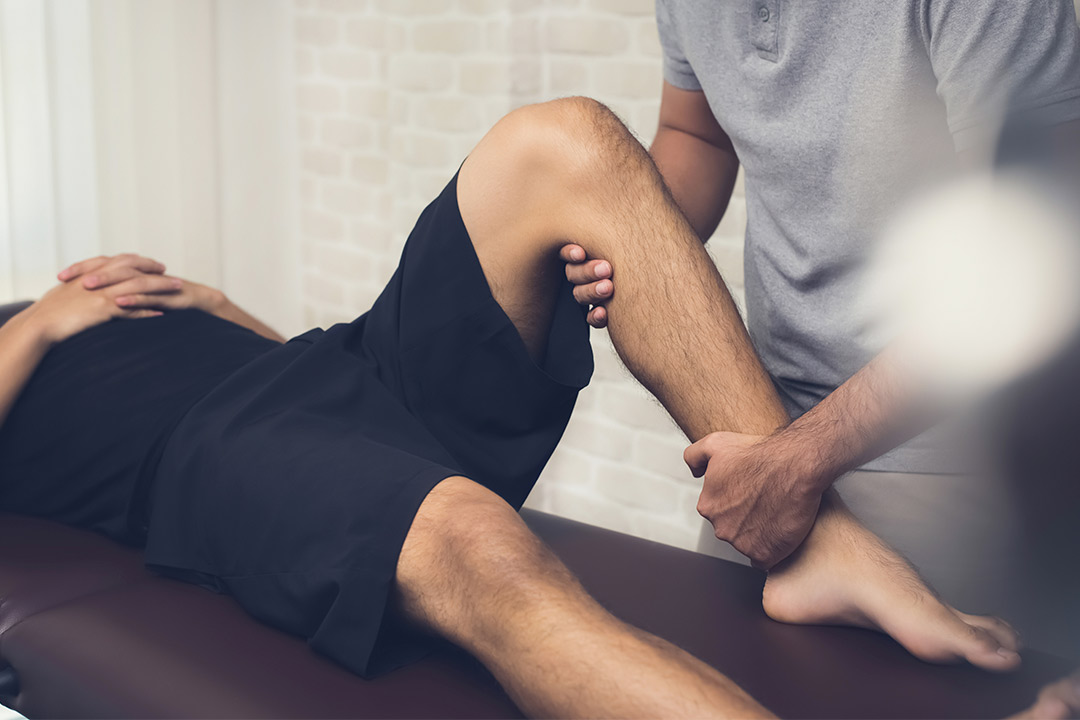
Identifying the right candidates for ESWT is essential to achieving optimal treatment outcomes, especially in a sports medicine setting.
- Ideal Candidates:
- Runners with chronic tendinopathies
- Athletes in need of fast recovery before events
- Non-responders to traditional therapy
Equally important is to recognize situations where ESWT should be avoided to ensure patient safety and treatment efficacy.
- Contraindications:
- Pregnancy
- Malignancy at treatment site
- Acute infection
Suggested Protocols for Summer Athletes
Incorporating ESWT into seasonal care plans can prevent minor issues from escalating and help athletes stay competitive.
Sample Treatment Timeline
| Timing | Protocol |
| 2–3 Days Pre-Competition | 1 session to improve tissue readiness |
| In-Season (Acute Issues) | 1–2 sessions/week for 3–4 weeks |
| Off-Season (Chronic Issues) | Weekly sessions for 4–6 weeks |
Why Physicians Should Embrace ESWT This Summer
As a non-invasive, evidence-backed therapy, ESWT offers physicians a reliable, results-driven way to treat summer running injuries without the drawbacks of medication or surgery. For active patients eager to return to the trail, track, or treadmill, ESWT delivers faster recovery, reduced pain, and greater athletic confidence.
Whether you’re treating amateur weekend warriors or seasoned competitors, ESWT empowers your practice to offer healing beyond symptom suppression. This summer, position your clinic at the forefront of sports recovery and help your patients run stronger sooner.
Learn more at Shockwave Source and empower your patients with modern, effective, non-invasive care.

